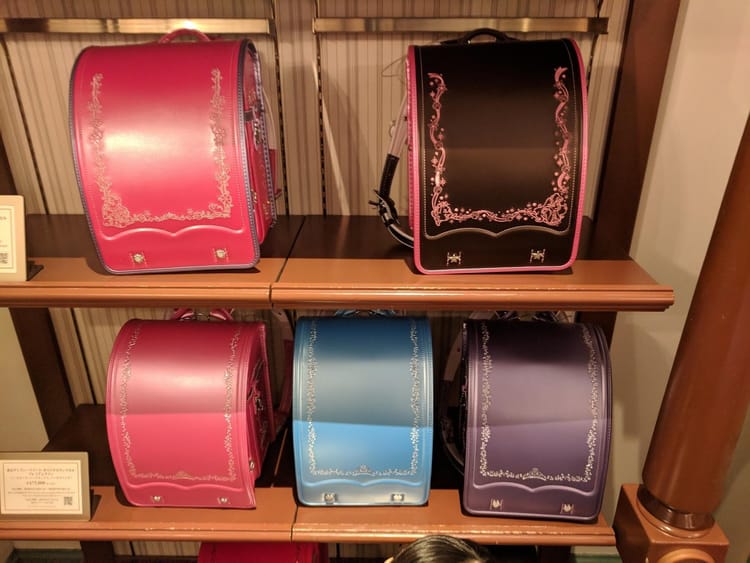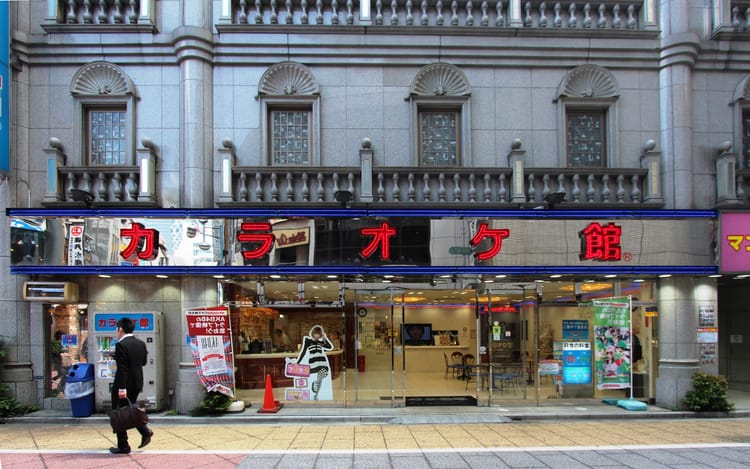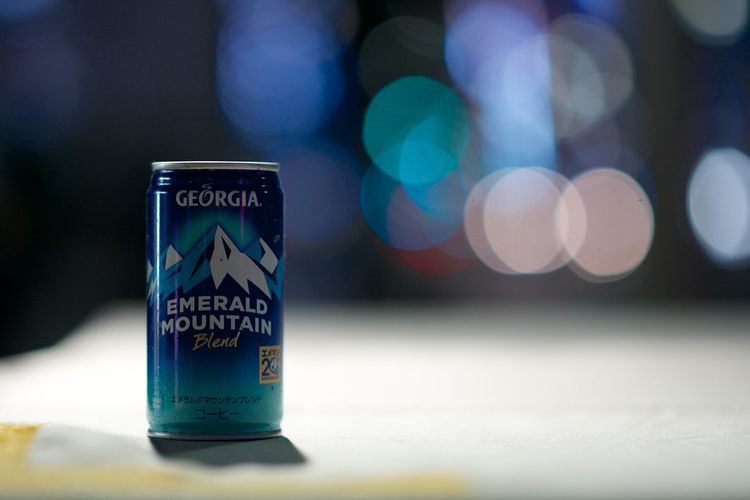The Surprising Roots of Japan's Indian Curry
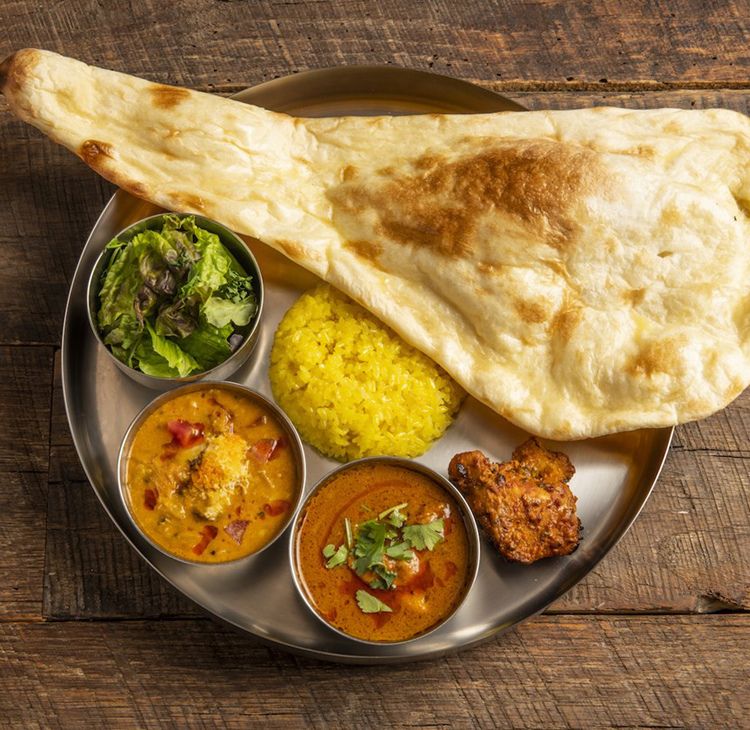
We are now restarting our articles, though we might not always write once a week. If we don't think it's interesting, we won't send it to your inbox :)
And we have a request too. It would encourage us greatly, if you could think of one friend who would enjoy our articles, and ask them to sign up for the newsletter.
After the last post on rice cookers, we couldn't resist doing this one on curry.
Japanese curry is now famous in many parts of the world so we thought this might be an interesting topic.
Though this is our longest post yet, it is no comprehensive account of curry. Only snippets of history stitched together.
Curry
What we know as "Japanese curry", was a recipe copied in Japan from the British navy, who themselves imported the recipe from India. That is not our focus today though.
Today's focus is on what the Japanese call "Indian curry" (インドカレー).
This curry came directly from India, and is enormously popular in Japan.
Now to be clear, India has no such dish as a curry. No self-respecting Indian restaurant has a "curry" on their menu. They would have a Palak Paneer or a Malai Kofta or a Murgh Makhani - all of which we lump into "curry" - but no "curry".
Great Britain, India, and Japan's Indian Curry
Japan’s Indian curry has surprising roots in India’s struggle for freedom.
While many think of Mahatma Gandhi and his non-violence when they think of India’s struggle for independence, India also had the not-so-peaceful brand of freedom fighters.
The Indian National Army (INA), for example, believed that freedom could only be seized by force. This idea had a lot of support. Members of the INA planned and executed violent opposition to the British rule.
Rash Behari Bose was one such INA revolutionary.
Shortly after WW1 broke out, Bose realized most of Britain’s soldiers had been moved to Europe and surmised the forces remaining in India could be easily defeated.
Bose helped plan and execute a revolution with this strategy, but it failed. Most who took part were identified and arrested, but Bose managed to escape to Japan, a country sympathetic to India’s struggle for independence.
In Japan, Bose found refuge with Aizō and Kokkō Sōma, an affluent couple who ran a bakery called Nakamuraya in Tokyo’s Shinjuku area. Their bakery and atelier served as a salon where artists, social activists, and politicians met.
British intelligence soon discovered Bose was in Tokyo and exerted pressure on Japan to arrest him. The Sōmas went through significant pain to hide their Indian friend from the police. Despite living in constant fear they protected Bose, inspired by his burning desire to fight for India.
Bose married Aizō and Kokkō’s daughter, Toshiko in 1918.
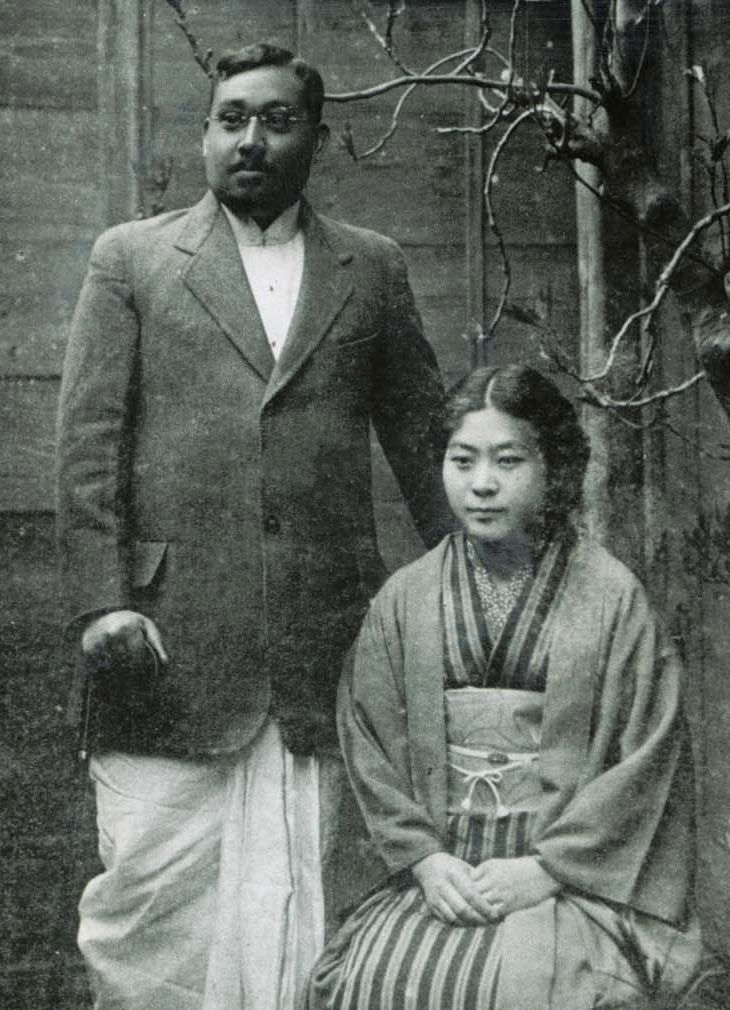
Now it is no secret that Indians love their spice. Our man Bose was no different.
Bose craved the flavorful food he used to eat in India. He taught Toshiko how to make Indian food using authentic recipes and spices. Unknowingly, Bose had planted the seeds of a craze that grips the nation to this day.
Bose’s recipes were a hit and the couple were soon cooking for family and friends.
The happy days didn't last forever though. The stress and fear of the authorities coupled with the anxiety of living as a fugitive took a toll. Eight years after their marriage Toshiko passed away, leaving behind Bose and two children.
A devastated Bose threw himself into work. In 1927 he helped start a small restaurant above the Nakamuraya bakery, making authentic Indian curry.
Bose named his food "jun indo kari-" (純印度カリー: pure Indian curry) so his customers did not confuse it with the then popular British-style curry. It is said the smell of spices from his restaurant was so good that passers by would walk in to ask about it.
Despite Western-style curry costing 10-12 sen (100 sen to 1 yen) and Nakamuraya's curry costing 80 sen, Bose soon had a roaring business on his hands.
By 1939, it became so successful that Nakamuraya listed on the Tokyo Stock Exchange. 12 years from small restaurant above a bakery to IPO. Talk about hockey stick growth!
Nakamuraya still exists and has multiple restaurants. I recommend visiting if you have a chance.
Cut scene to 2023
96 years later, Indian curry in Japan is closer to North Indian cuisine than to Nakamuraya's curry, but is ridiculously popular in Japan. Indian restaurants outnumber the top 3 pizza chains of the country put together!
Surprisingly, most Indian restaurants are not owned by Indians, but by Nepalis.
Japan went through a curry boom in the 1980s and many Indian chefs emigrated to Japan. When Japan's real estate bubble collapsed, the economy (and their wages) tanked and they moved on to greener pastures. The Indian curry business in Japan plateaued.
This gap was soon filled by Nepali entrepreneurs who realized they had a lot going for them. Nepali cuisine is adjacent to North Indian cuisine. Nepali chefs wanted to work in Japan for the higher wages, they had a vast market with established product-market fit, and could rely on a tight-knit community.
Between 2006 and 2022 the number of Nepalis in Japan grew 20-fold, with the majority working in restaurants in every part of Japan.
In every part of Japan, you will now find a Nepali/Indian restaurant that makes naan in a tandoor and carries a wide selection of Indian curries.
So if you are craving for spice in Japan, try one of the two thousand "Indian" restaurants and you will not be disappointed.
You can thank Rash Behari Bose for that.

